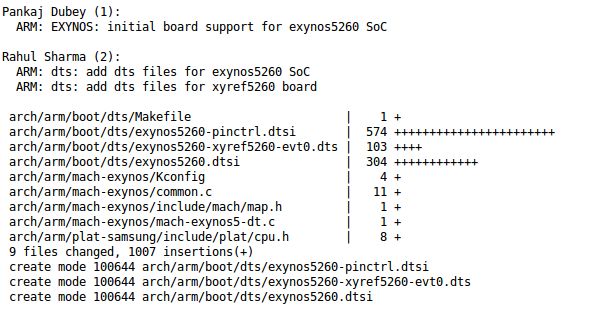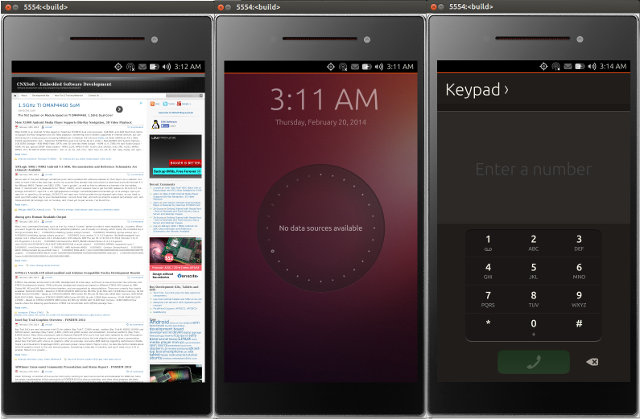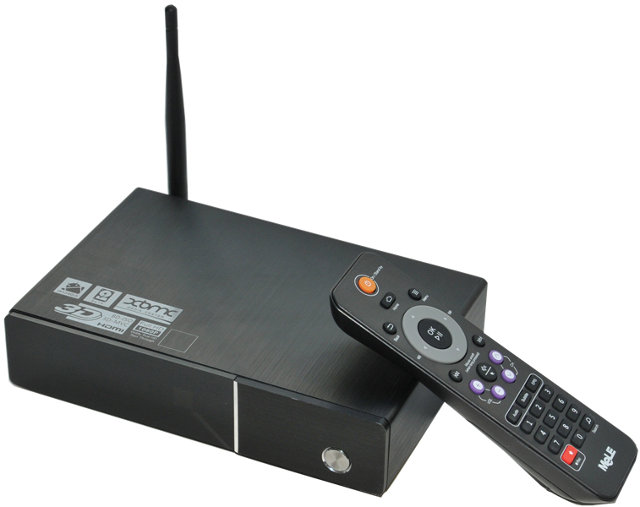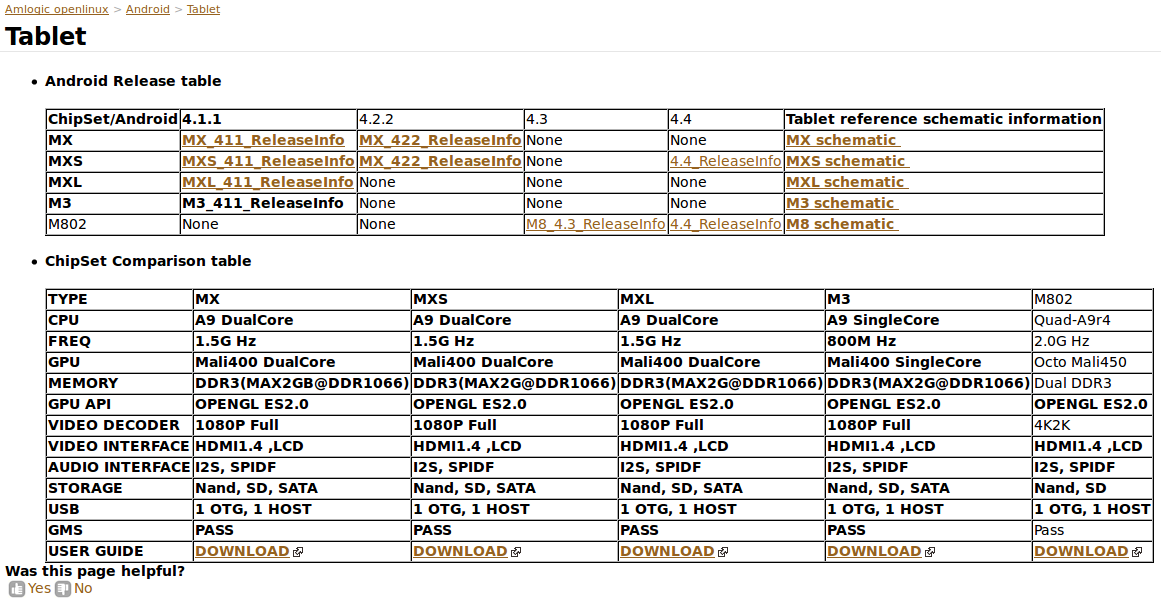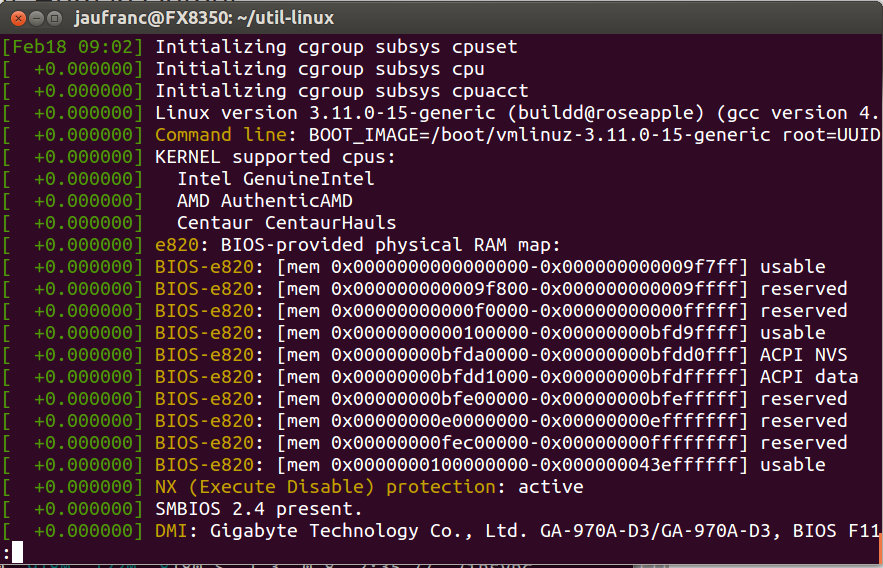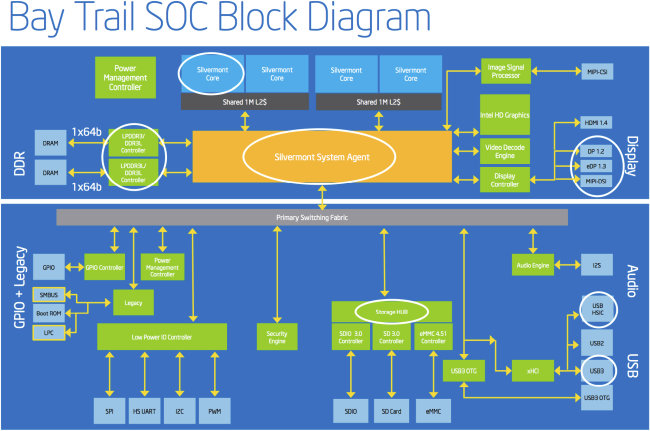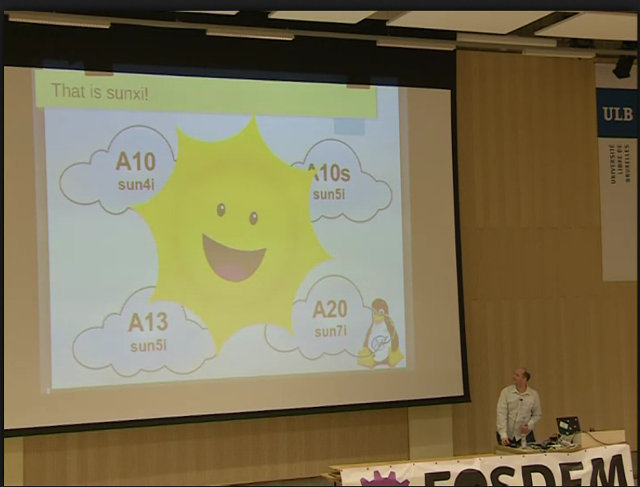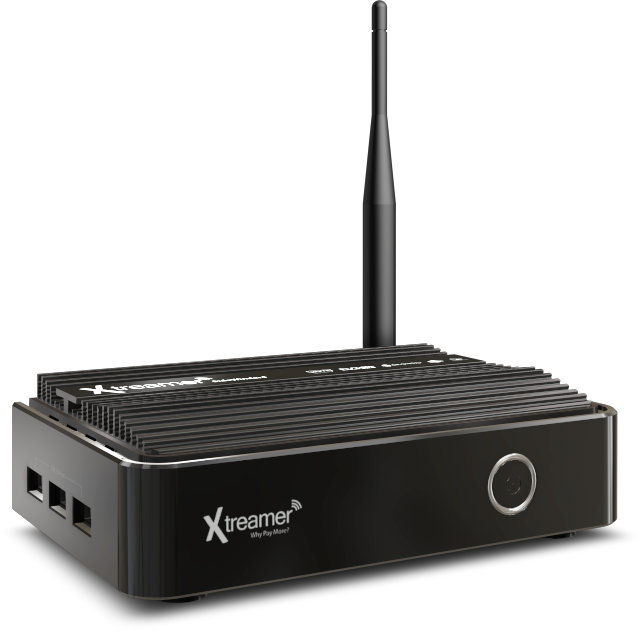Samsung has been teasing with “Exynos Infinity” before Mobile World Congress 2014, and many expect the Korean company to announce their 64-bit mobile processor (Exynos 6 ?). But it’s likely another Exynos SoC will (also) be announced, as a quick search shows recent patch submissions for Exynos 5260, which happens to be an hexa-core processor using two ARM Cortex A15 cores @ 1.7 GHz, and four ARM Cortex A7 cores @ 1.3 Ghz in big.LITTLE configuration supporting HMP (Heterogenous Multi Processing) / GTS (Global Task Scheduling). The official name might be something like Exynos 5 Hexa (5260). There’s also a device tree file for Samsung XYREF5260 EVT0 development board. It would probably be possible to go through the patches to find out more, but there’s an easier solution, and some blogs have already posted details about a leak showing Exynos 5260 used in the upcoming Galaxy Note3 Neo, where we learn […]
Try Ubuntu Touch on Your Computer with Ubuntu Touch Emulator
Canonical has just announced Meizu (China) and Bq (Europe) will be the first manufacturers to launch Ubuntu Touch phones at the end of 2014. But if you want to try Ubuntu Touch, and don’t own a Google Nexus 4 or 7, or simply don’t want to flash Ubuntu Touch to your devices, you can do so using Ubuntu Touch x86 Emulator in your computer running Ubuntu , or in an Ubuntu Virtual machine in Virtualbox or VMWare. The emulator has been available since last November, but Ricardo Salveti announced an updated version, the first public preview, with the following changes: Better TLS handling (not using the Android slots, but using pthread_set/getspecifics instead) Qt packages compatible with OpenGL ES 2.0 available at https://launchpad.net/~rsalveti/+archive/qt-gles-test It has been tried on Ubuntu Trusty (14.04), but I could run it just fine on Ubuntu Saucy (13.10), by following the instructions below in a terminal: Download […]
Mele X1000 Android Media Player Supports Blu-Ray Navigation, 3D Video Playback
Mele X1000 is an Android TV Box based on Telechips TCC8935 dual core processor, 1GB RAM, and 4GB Flash that claims to support Blu-Ray navigation and 3D Video playback, something that is seldom supported in Android devices, but can still be found in a few products including HiMedia Q5 II (Hisilicon Hi3716) and VidOn.me A200 (AllWinner A31). Mele X1000 specifications: SoC – Telechips TCC8935CG dual core Cortex A9 @ 1.2GHz + Mali-400MP2 GPU System Memory – 1GB DDR3 Storage – 4GB NAND Flash, SATA, and SD card slot Video Output – HDMI v1.4, CVBS (AV out) Audio Output – HDMI, AV out, optical S/PDIF Video Codecs – MPEG-1/2/4, MPEG-4 ASP, H.264, DivX 3/4/5/6, XviD, VP6, H.263, WMV9, WMV3, VC1, RV 8/9/10 Video Containers – AVI, ts, tp, trp, vob, mkv, mp4, mpv, iso, asf, flv, dat, mpg, mpeg, swf, ogm, wmv, asf, rm, rmvb up to 1080p Audio Support – […]
AMLogic S802 / M802 Android 4.4 SDK, Documentation and Reference Schematics Are (Almost) Available
We’ve seen in the past AMLogic sometimes pushes some updated GPL software releases on their Open Linux website. So I went to have a look a few days ago, and to my surprise they already had instructions to download and build Android 4.4 for AMLogic M802 (Tablet) and S802 (STB), “user’s guides”, as well as links to reference schematics for the tablets… Nice!!! I started with 4.4_ReleaseInfo for “Mbox” (S802), which explains how to get the SDK release on 2014-01-27 (kk-amlogic-20140127):
|
1 2 3 4 |
repo sync repo init -m openlinux_kk-amlogic_20140127.xml repo sync |
Unfortunately the joy stopped right there, as you need to send your SSH public key to your representative. I’ve just done that, and sent an email to support [at] amlogic.com, and mbox-android [at] amlogic.com on Sunday, and I have yet to gain access. I’ve found the “mbox-android” email in from Mbox page (similar to screenshot above) in a field right of “reference schematics” column, which has been removed […]
dmesg gets Human Readable Output
Many Linux command line tools, such as ls or du, have a “human” option to make it more readable by… humans. When you want to get the kernel log, to find otu potential problems, you’d usually run dmesg, which dump the complete log in one go and looks like: [ 0.000000] Initializing cgroup subsys cpuset [ 0.000000] Initializing cgroup subsys cpu [ 0.000000] Initializing cgroup subsys cpuacct [ 0.000000] Linux version 3.11.0-15-generic (buildd@roseapple) (gcc version 4.8.1 (Ubuntu/Linaro 4.8.1-10ubuntu8) ) #25-Ubuntu SMP Thu Jan 30 17:22:01 UTC 2014 (Ubuntu 3.11.0-15.25-generic 3.11.10) [ 0.000000] Command line: BOOT_IMAGE=/boot/vmlinuz-3.11.0-15-generic root=UUID=9c042788-fa75-4fc4-9b12-598c809410e8 ro quiet splash [ 0.000000] KERNEL supported cpus: [ 0.000000] Intel GenuineIntel [ 0.000000] AMD AuthenticAMD [ 0.000000] Centaur CentaurHauls [ 0.000000] e820: BIOS-provided physical RAM map: [ 0.000000] BIOS-e820: [mem 0x0000000000000000-0x000000000009f7ff] usable [ 0.000000] BIOS-e820: [mem 0x000000000009f800-0x000000000009ffff] reserved [ 0.000000] BIOS-e820: [mem 0x00000000000f0000-0x00000000000fffff] reserved [ 0.000000] BIOS-e820: [mem 0x0000000000100000-0x00000000bfd9ffff] usable [ 0.000000] BIOS-e820: […]
Intel Bay Trail Graphics Overview – FOSDEM 2014
Bay Trail SoCs are new low power Intel ICs for tablets (Bay Trail-T, Z3000 series), mobiles (Bay Trail-M, N2800, N2900 and N3500 series), desktops (Bay Trail-D, J1800, J1900 and J2900 series) and embedded / industrial platforms (Bay Trail-I, E3800 series). Many Atom processors used to features PowerVR GPU, but it has now been replaced by Intel HD graphics in Bay Trail SoC. Jesse Barnes, working at Intel on software and drivers for Intel graphics devices, gives a presentation about Bay Trail SoCs with a focus on graphics. After an overview, and some ARM bashing regarding performance (Nvidia Tegra 4 and Qualcomm Snapdragon 800), and even power consumption (Tegra 4 only), he describe further details about Intel HD graphics found in the new Intel processors. Everything is basically in mainline, and you’ll need Linux 3.10 or greater, Mesa 9.2 or greater, and libva 1.2.1 or greater for proper support. Some initial […]
AllWinner Linux-sunxi Community Presentation and Status Report – FOSDEM 2014
Oliver Schinagl, a member of linux-sunxi community working on open source kernel and bootloader for AllWinner SoCs, has given a presentation of the community at FOSDEM 2014 to give an overview, and show what progress has been made to date. I’ll write a summary in this post, but if you want to watch the video and/or access the slides scroll down at the bottom of the post. After explaining what sunxi is, and introducing himself, he gave some information about AllWinner and their SoCs: Founded in 2007 in Zhuhai, Chiang now with 550 employees including 450+ engineers 15% market share in 2013 for tablet SoCs, only behind Apple. Products: F-series SoC (2010), A10 (2011), A13, A10s (2012), and A20 (2013). (cnsoft He skipped A31(s) and A80 here as they are not really supported by the community). They list “Open Source Source” and “GPLv3” in their marketing materials although they clearly […]
Xtreamer SideWinder4 is an XBMC Android TV Box with a DVB-T2 Receiver, and Google Cast Support
Xtreamer, a Hong Kong based company specialized in digital media products, is now taking pre-orders for Xtreamer SideWinder4, an Android media player powered by AMLogic AML8726-MX dual core processor, featuring a DVB-T2 receiver, and pre-loaded with XBMC and Cheapcast Chromecast emulator. Let’s get right to the specs: SoC – AMLogic AML8726-MX dual core ARM Cortex A9 @ 1.5GHz with Mali-400MP2 GPU System Memory – 1GB DDR3 Storage – 8GB NAND Flash (32M bit nor flash + 32Gbit MLC flash), micro SD card slot Video Output – HDMI 1.4 Audio Output – HDMI 1.4 + optical S/PDIF. Dolby & DTS 2ch output, 5CH & 7CH pass-through Connectivity – 802.11 b/g/n Wi-Fi with AirPlay, Miracast and DLNA support, 10/100M Ethernet USB – 3x USB 2.0 host ports Power Supply – DC 5V, 2A power adapter (CE, FCC, CCC certified) Dimensions – 18 x 8.2 x 3.5cm The device runs Android Jelly […]


